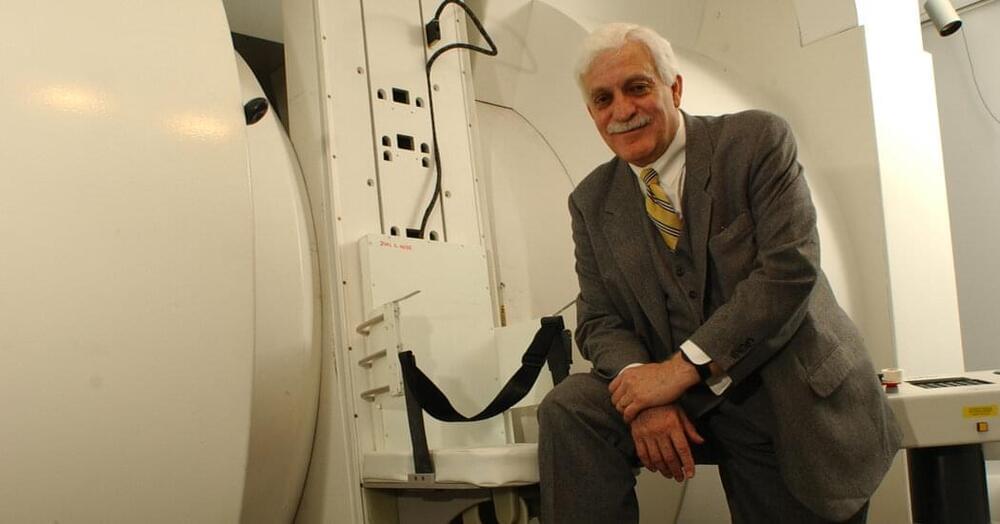
Batteries provide energy to electronic devices. Your body generates and uses energy. Ergo, you’re basically a battery.
As you run, walk, or even breathe, your body is moving. A system fine-tuned enough to collect and store that output can transpose it into energy for the electronics we carry with us everyday. The obvious substrate in which to build such a system is our clothes, since they move along with us.
But without a series of wires or magnetic coils, how can cotton, wool, polyester, or even leather garments collect, store, and transport electricity? A team at Nanyang Technological University (NTU) in Singapore thinks it has the answers to finally harness your inner generator—and keep you from needing to borrow a charging cord.
















